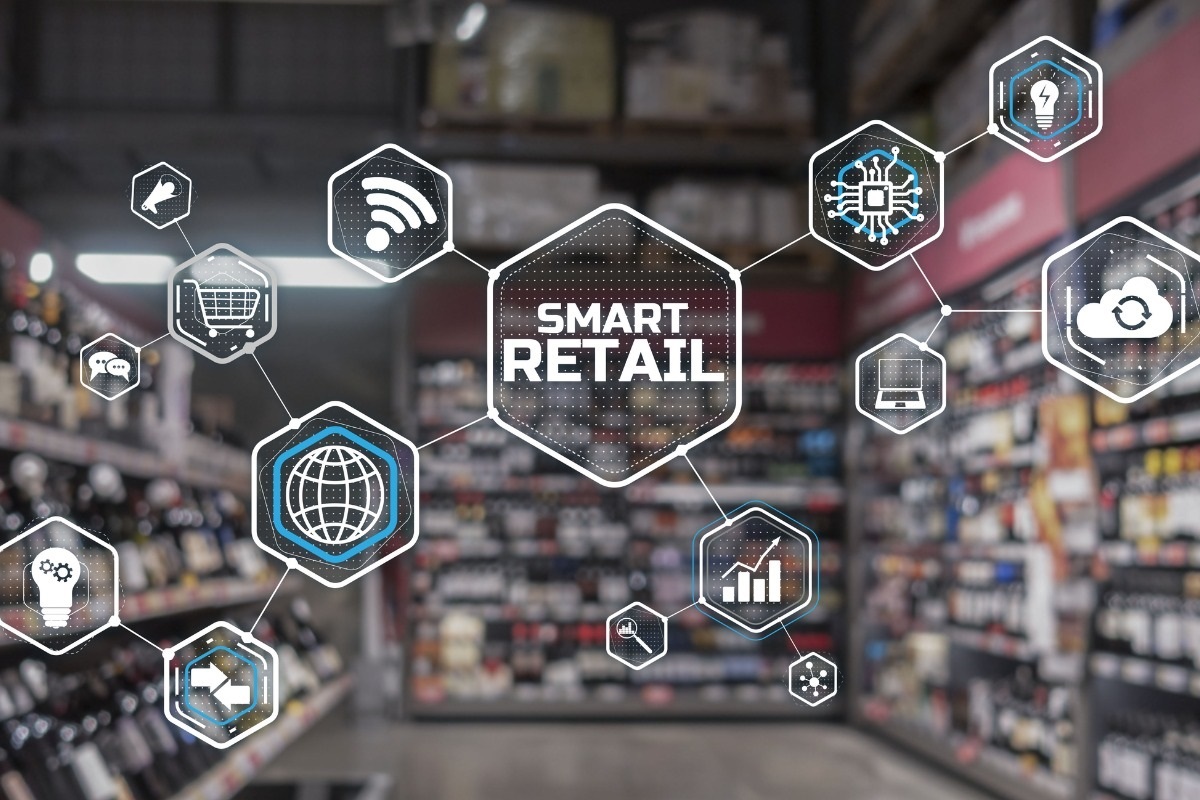In 2025, the retail industry will be buoyed by an improving economy. As inflation recedes, volume recovery is beginning to shape up, leading to intensified competition for consumer spending. With discretionary spending on the rise, online retail is expected to outperform significantly, generating disproportionate growth.
To navigate this competitive landscape, retailers must sustain digital investments and ensure comprehensive omni-channel touchpoints in their business plans. Growth must be stimulated without over-relying on pricing strategies. At the same time, careful management of margin compression is vital as more funds are allocated to marketing and price reductions. Moreover, a slight relaxation in spending scrutiny is anticipated, making it crucial to entice consumer spending using a full spectrum of marketing tools. Key shopper trends to incorporate include:
- Nostalgia – Consumers seek comfort in familiar brands, products, and experiences reminiscent of simpler times. Emphasise the emotional resonance of classic items rather than focusing on reinvention and education.
- Inspiration and aspiration – Engage shoppers through content, influencers, and activities that elevate their moods and help them achieve their goals. Optimise aspirational shopping experiences that align with desired feelings without encouraging overspending.
- Self-care – Shoppers are increasingly proactive about self-care in areas like mental and social health, weight management, lifestyle, and energy. This trend presents a significant growth opportunity, particularly in products labelled ‘energy,’ ‘protein,’ ‘sugar-free,’ or endorsed by experts.
Executional efficiency and effectiveness are critical as loyalty and trust remain under scrutiny. AI technologies will facilitate productivity and efficiency gains, such as assisted workflows in retail operations and marketing activations. Additionally, harnessing customer data with precision for personalised promotions, leveraging retail media dominance, and integrating physical and digital commerce to deliver an elevated customer experience are essential for success.
Key strategies for growth in 2025
- Experiencing the experience economy
The experience economy continues to evolve, with consumer escapism trends on the rise. A personalised experience can become essential to a shopper’s life, reshaping customer relationships and even entire categories. Advanced data analytics and rapid delivery enable retailers to anticipate and fulfill consumer desires, creating hyper-personalised experiences.
An interesting development is the rise of gamification in retail marketing. On the other hand, pop-up real-life experiences can drive in-store foot traffic and create memorable shopping moments. While experiences are subjective, amidst ongoing cost-of-living pressures, even the experience of a ‘little luxury’ holds significance.
To maximise customer lifetime value, leveraging omnichannel-enabled, data-driven technology to personalise experiences and build trust is critical. Furthermore, internal data transfer systems must support and enhance the customer experience seamlessly.
- The impact of subconscious commerce
Subconscious commerce helps create hyper-personalised and responsive customer experiences based on emotions, habits, and other choice drivers. Marketers are adopting neuroscience techniques, such as eye-tracking technology to monitor ad or packaging engagement and facial coding to analyse reactions to stimuli.
Emotion AI, which measures, understands, simulates, and reacts to human emotions, is widely used in advertising effectiveness research. It also influences other areas, such as mental health, where it supports innovations like wearable olfactory displays releasing scents based on the wearer’s physiological state. Sensory marketing’s fundamental elements – visual, olfactory, tactile, and taste – are being revolutionised by AI integration, creating exciting opportunities for innovation.
- The stretch factor of elastic brands
The pandemic, natural disasters, and global geopolitical instability have exposed supply chain vulnerabilities. These challenges, coupled with inefficiency, lack of transparency, and security threats, can lead to significant revenue losses and reputational damage. Strengthening supply chains to expand or contract based on demand is crucial.
Technological advances, data analytics, and automation enable real-time risk management and market responsiveness. Blockchain technology is revealing its potential to reduce risk and increase visibility and trust across complex supply chain ecosystems.
Retailers and manufacturers must collaborate more closely to succeed in this new retail environment. Joint efforts in redesigning processes to reduce waste, co-purchasing raw materials, or improving forecasting to enhance service levels and mitigate risks are essential. The growth of industries like health and wellness offers opportunities for retailers to merge ecosystems.
- The evolution of circular retail
Reshaping consumption patterns and production processes through a circular economy strategy enhances business resilience, attracts new customers, and fosters innovation. This approach includes sharing, renting, repairing, reusing, recycling components or materials, and adopting refillable and reusable packaging. A circular economy strategy addresses the entire product lifecycle, setting higher standards and transparency across the supply chain and mitigating vendor management risks.
Future sales prospects are also promising, with AI and analytics playing a crucial role. A notable challenge is that the growth in e-commerce has increased return rates, generating additional financial and environmental costs. Utilising AR and VR technologies (e.g., virtual changerooms), improving communication about product benefits, and adopting renting or subscription models can drive a more circular future in returns management and reverse logistics procedures. All supply chain stakeholders must be involved, including product and packaging designers, manufacturers, retailers, and consumers.
The future lies in data and analytics
Data plays a pivotal role in rewiring retail for future growth. Advanced analytics and rapid delivery enable retailers to anticipate and fulfill consumer desires, creating hyper-personalised experiences. However, unprecedented demand and supply challenges continue to add complexity. Day-to-day supply chain excellence depends on balancing ongoing inventory, maximising on-shelf availability, optimising store operations, and enhancing the effectiveness of promotions, new product introductions, and seasonal events.
This article was written by Circana for National Liquor News Insight.
For more exclusive content from National Liquor News, subscribe to our weekly newsletters here.
You can also join Australia’s largest network of liquor retail professionals on LinkedIn, Facebook and Instagram.

